 It really cracks me up, in a sad kind of way, that there are some ignorant people out there who truly believe that Europeans “invented” civilization. It takes very little research to find out that while the great cities of Europe were awash in their own shit, cities in the Middle East, Southeast Asia and Africa had invented fully functional sewer systems thousands of years prior – plus they took regular baths. Don’t get me wrong, I do not deny my heritage as one of the unwashed Celtic masses, but I think it’s a good idea to give credit where credit’s due. For example, the earliest known complex sewer systems and clay pipes kept cities like Babylon and Eshnunna clean and hydrated between 4000 and 2500 BCE. The same cannot be said for Paris, where multiple outbreaks of plague and cholera ravaged the city, mostly due to the rivers of human waste running through its’ streets. It’s also interesting to note that while Mesopotamian sewage systems benefited all of the cities’ residents, when proper plumbing was first introduced to Paris, it catered to the royal gardens, leaving the peasants to live in poisonous environs. How civilized! After the jump, check out a fascinating history and amazing photos of Paris’ dark, dank and creepy underground sewer system…
It really cracks me up, in a sad kind of way, that there are some ignorant people out there who truly believe that Europeans “invented” civilization. It takes very little research to find out that while the great cities of Europe were awash in their own shit, cities in the Middle East, Southeast Asia and Africa had invented fully functional sewer systems thousands of years prior – plus they took regular baths. Don’t get me wrong, I do not deny my heritage as one of the unwashed Celtic masses, but I think it’s a good idea to give credit where credit’s due. For example, the earliest known complex sewer systems and clay pipes kept cities like Babylon and Eshnunna clean and hydrated between 4000 and 2500 BCE. The same cannot be said for Paris, where multiple outbreaks of plague and cholera ravaged the city, mostly due to the rivers of human waste running through its’ streets. It’s also interesting to note that while Mesopotamian sewage systems benefited all of the cities’ residents, when proper plumbing was first introduced to Paris, it catered to the royal gardens, leaving the peasants to live in poisonous environs. How civilized! After the jump, check out a fascinating history and amazing photos of Paris’ dark, dank and creepy underground sewer system…
Text and photos via Environmental Graffiti

Torch lights flicker across dark, dank walls, while the ceiling overhead seems to be crumbling away. In this subterranean environment, there is a danger explorers might lose their footing on the slippery surfaces, however carefully they might tread. The air is close, unpleasant to breathe, and filled with the hushed drip of water. Far off, the sound of a torrent gushing from an unseen channel can be faintly heard. Yet, this is no cave or natural formation; these are the intricate and ancient underground sewers of Paris.
Even in Paris, sewers probably don’t seem like particularly glamorous or romantic places, but they’re a vital part of any large modern city. Begun in 1370, the complex system of tunnels and pipes constructed in Paris over the years is currently the largest in the world, stretching for 2,100 kilometers (1,305 miles) or more. To give you some idea of just how sprawling this is, the longest natural cave system in the world, Mammoth Caves in the US, has just 630 kilometers (390 miles) of passageways.

People have long been fascinated with underground tunnels — and for some explorers sewers are no exception. From as early as 1867, public tours of the Parisian sewers began, and from 1892 until 1920, people could actually visit the sewers in a wagon pulled by a locomotive. This was replaced in 1920 by a boat hauled by the sewer men who maintained the tunnels. These boat tours stopped in 1975, but you can still explore the sewers through the underground Paris Sewers Museum.
Sightseers are not the only people with an interest in the sewers of Paris. Over the years, a surprisingly large number of writers have also included the system in their works. The most famous of these is Victor Hugo, who set 50 pages of Les Misérables in the underground tunnels. It also features in The Phantom of the Opera by Gaston Leroux, and more recently in Umberto Eco’s Foucault’s Pendulum. Even the Teenage Mutant Ninja Turtles paid it a visit on a couple of episodes of their 1987 TV show!
The historical background of the sewers itself makes for interesting exploration. Paris has existed in some form or other for over 6,000 years, and for much of that time, it has relied on the River Seine for its water supply and waste disposal. Until the Middle Ages, waste water was simply poured into fields and dirt roads — and later gutters and open sewers — left to trickle its way back to the river. Yucky, but with a small population not too detrimental.
As Paris grew, so did its waste, and these foul streams running into the river became a source of more than mere bad smells. From 1348 to 1349, the plague hit Paris hard, killing up to 800 people a day. The unsanitary conditions within the city helped spread this deadly disease, and the filthy channels of raw sewage running into the river contributed in no small way to the lack of hygiene.
In 1370, the first proper drain of the nascent sewer system was built and covered by Hugues Aubriot, a city provost, beginning a gradual process of extensions and improvements that would continue over the centuries. Initially, these covered drains were mainly used to channel storm waters, and people continued to throw their waste water (and solids) into the streets. As you can imagine, this created all kinds of hazards for pedestrians who had to negotiate the foul puddles.
People began to use cesspools for their waste — a replacement for cesspits that contaminated the subsoil — but these only lead to more problems, as they weren’t properly maintained. Meanwhile, the Seine was becoming a giant cesspool itself, steadily getting smellier and dirtier as more and more waste from an ever-growing population polluted its waters.

During the reign of King Louis XIV (1643–1715), improvements to the system were finally seen, with a large ring sewer constructed on the Right Bank of the Seine. The Bièvre River served as a sewer for the Left Bank, and unfortunately it still emptied into the Seine. By this time, plumbing had been introduced into the city but only to serve public fountains and royal gardens. Women were still carrying water in buckets from the Seine to their homes — the same Seine into which they were emptying their waste.
When Napoleon I came to power in the early 1800s, he saw that 30 kilometers (19 miles) were added to the sewer system, creating the first vaulted sewer network in Paris. But it was still not enough. Sewage water continued to be emptied into the Seine even as drinking water was being extracted. In 1832, disease inevitably struck again, this time in the deadly form of cholera. The people had had enough. It was time to install a proper working sewage system.

The man chosen to overhaul Paris’ sewers was engineer Eugène Belgrand. He was tasked with finding a way to supply fresh water to the city’s denizens while disposing of their waste in a more sanitary fashion. The work was begun in 1850, and by 1878, a sewage system had been built that was 600 kilometers (373 miles) long. As well as expanding the tunnels, Belgrand instituted a sewage treatment plant and began building aqueducts to bring drinking water into the city from nearby areas. No more drinking sewage!
Much of Belgrand’s work can still be seen today. Later construction built onto his existing network, and by 1977, 1,000 more kilometers (621 miles) of tunnels had been added onto the system. The sewers built since the first half of the 19th century were at least 1.8 meters (6 feet) in height, allowing people to walk through the tunnels to clean them, and later to sightsee. Water mains were also made to run through the tunnels in pipes — as did gas, until a few leaks put paid to those ‘innovations’.

Work on the Paris sewers continues to this day, with a pilot project aimed at transforming them into a renewable energy source. The system is currently being tested at a school, but is scheduled to power the Élysée Palace next, followed by a town hall and a swimming pool.
The hope is that the renewable energy project will eventually supply heating to 10 percent of the French capital. A far cry from the sewer’s beginnings as a channel of putrid-smelling runoff.




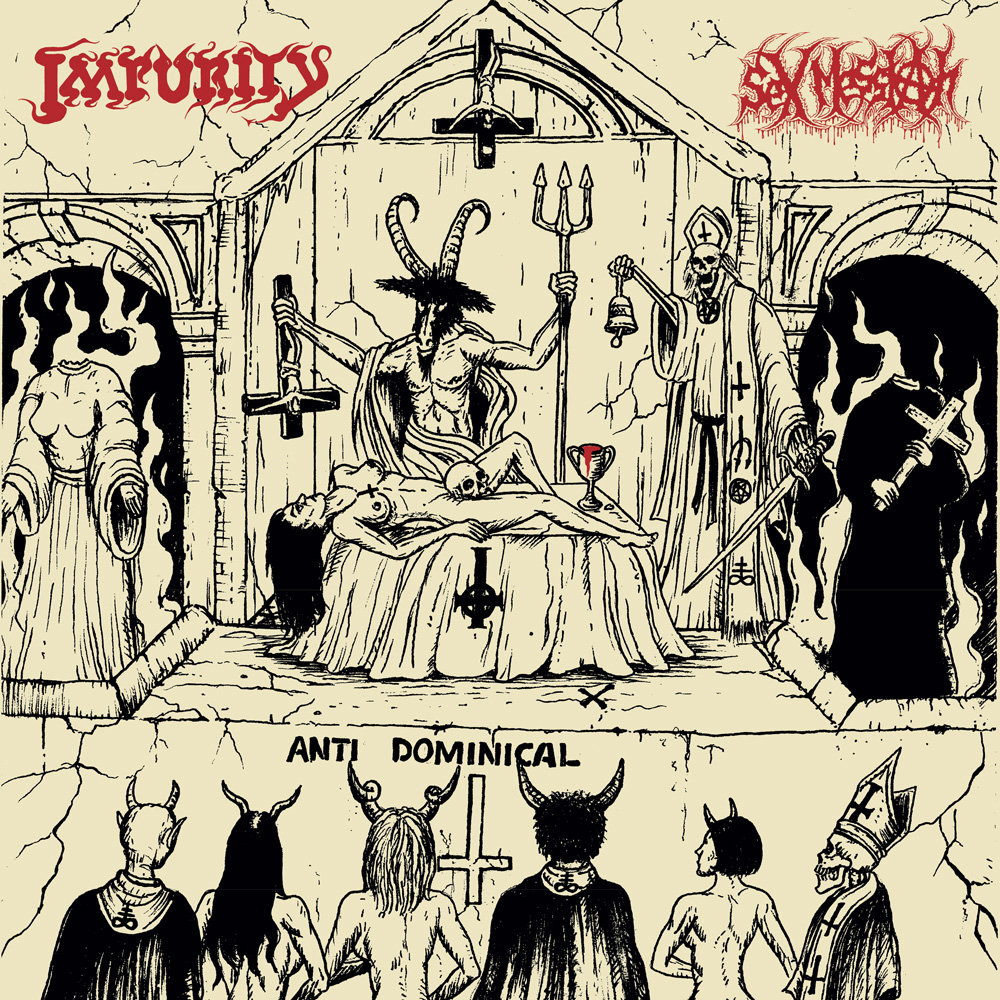



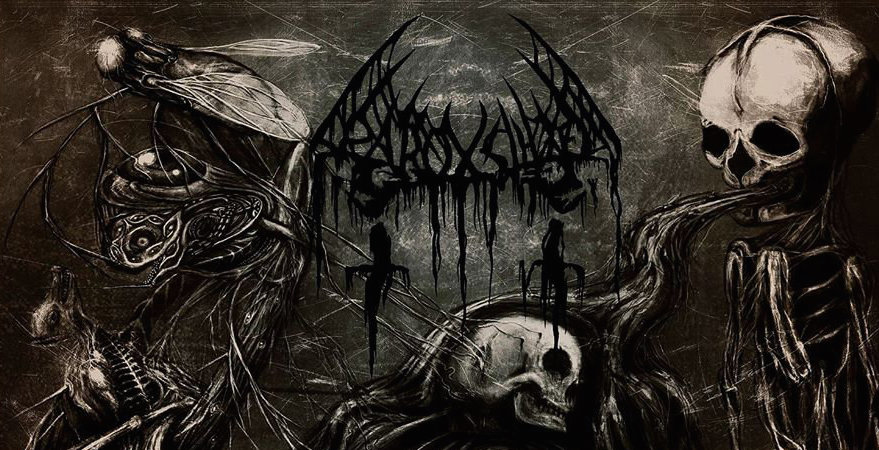
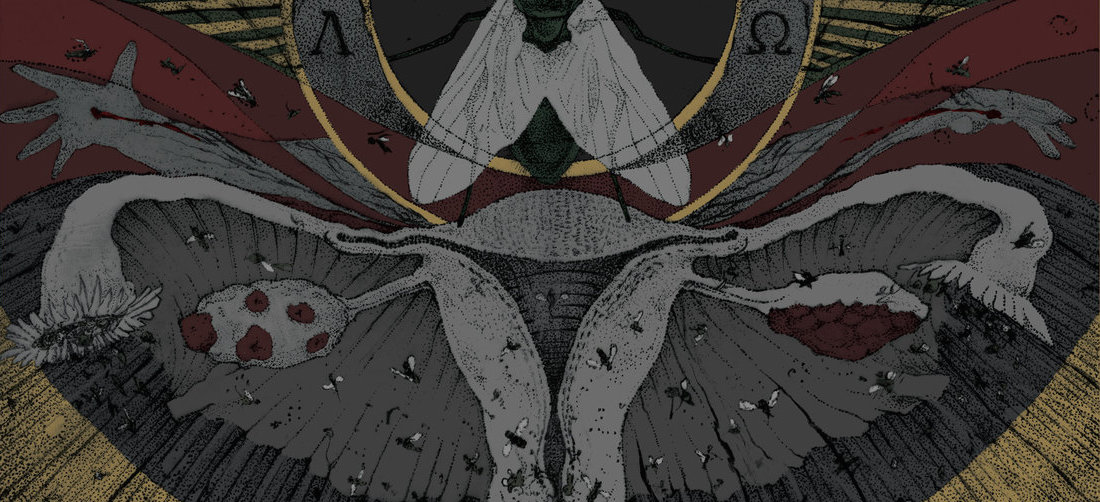

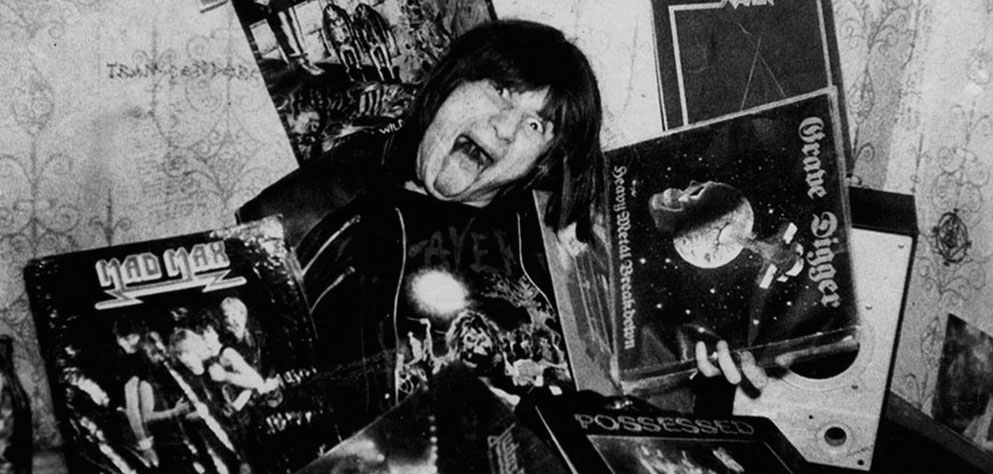
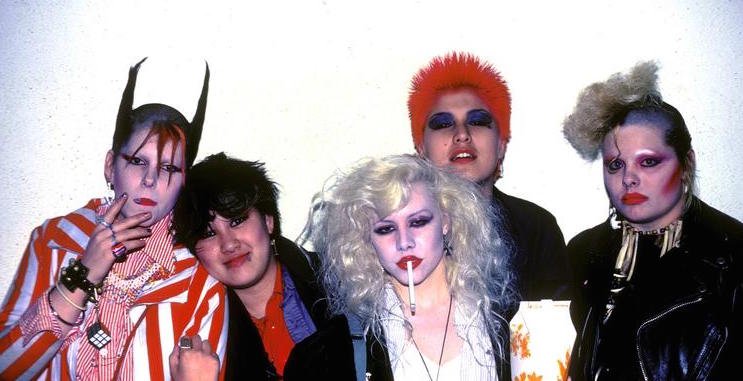
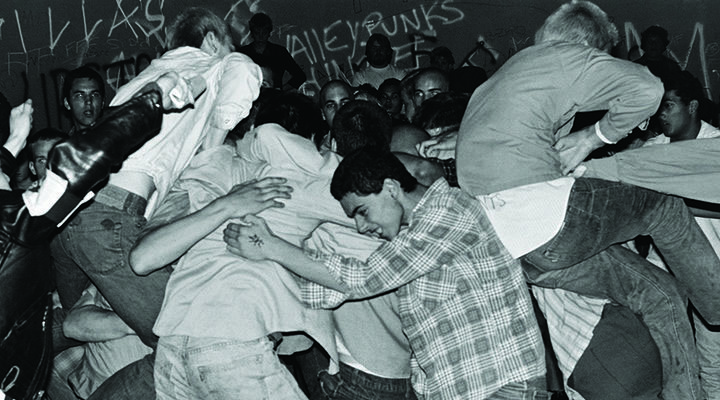





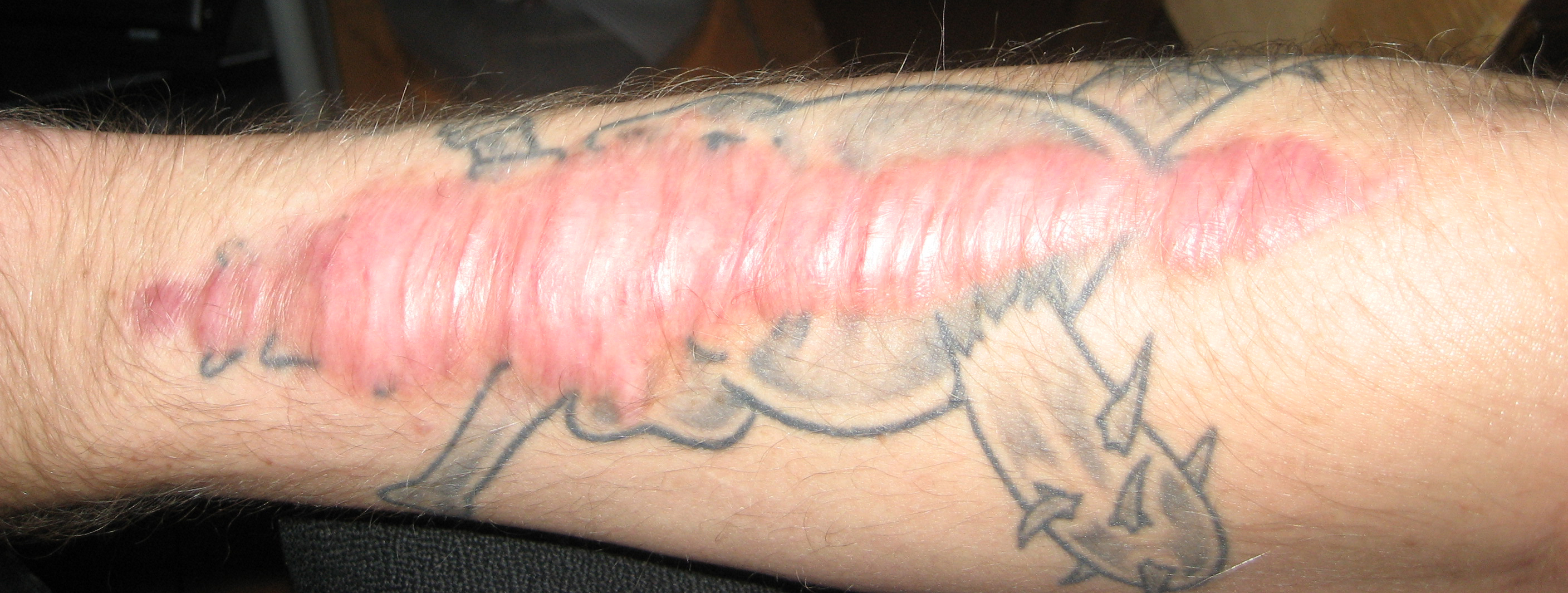
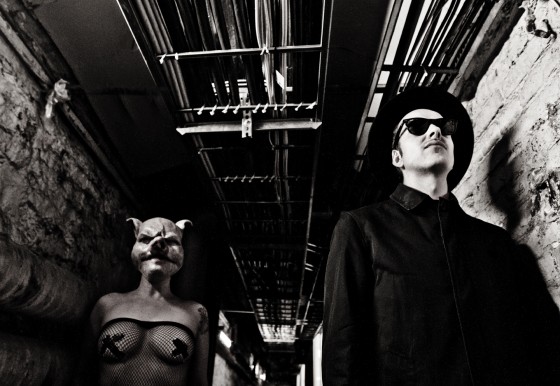


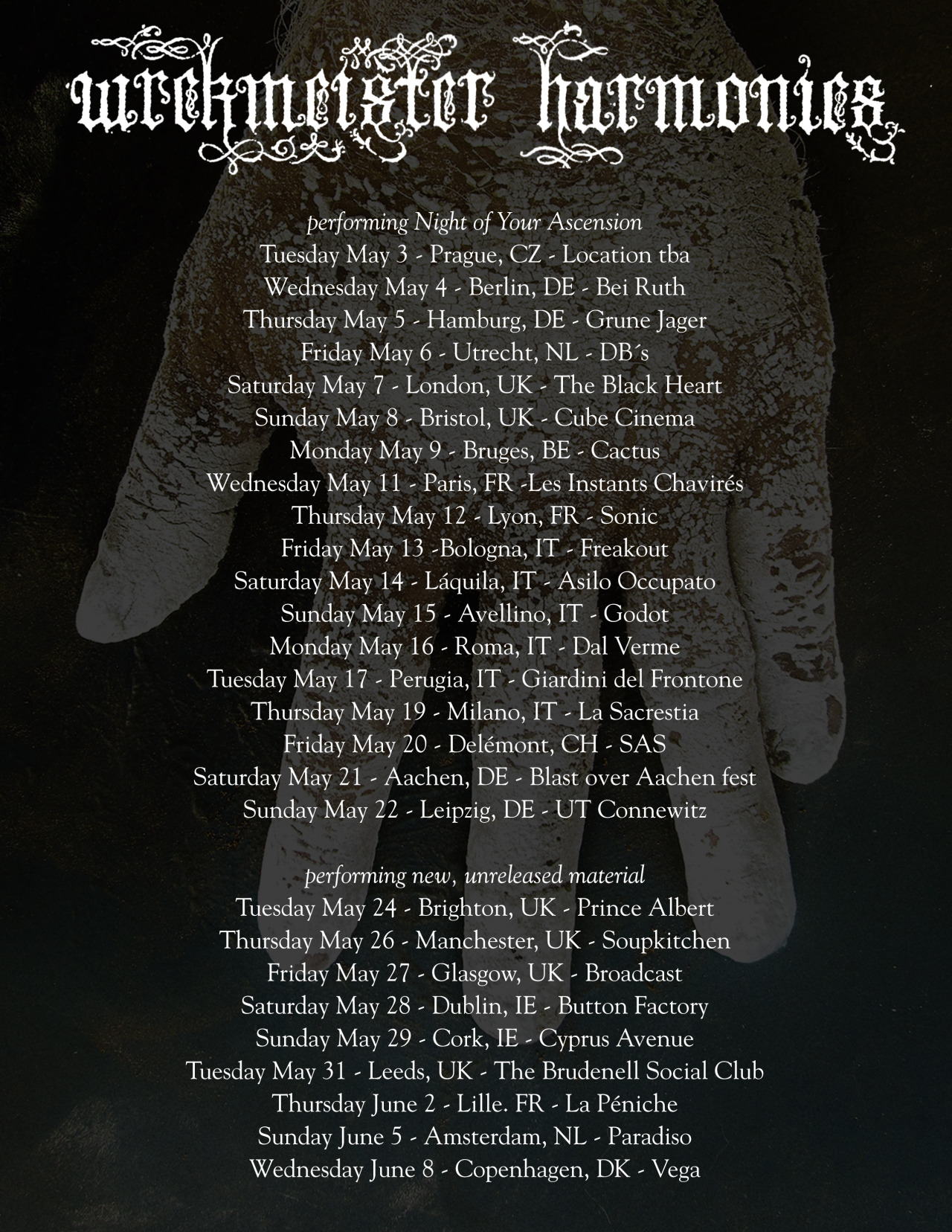
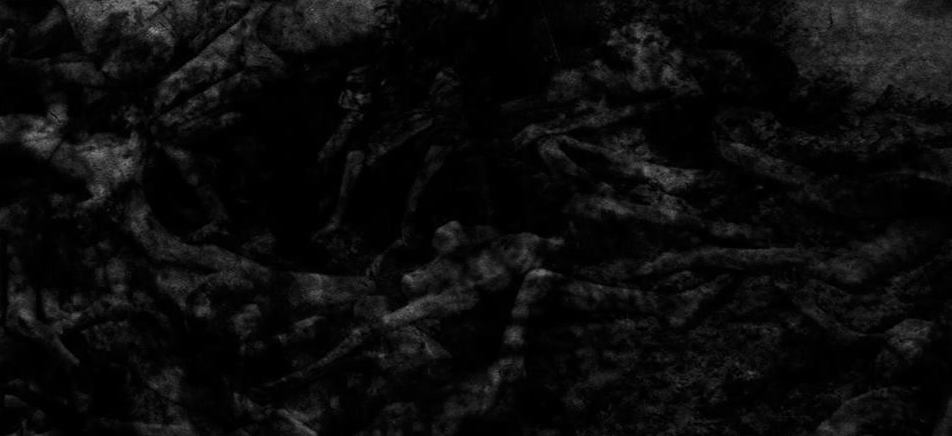




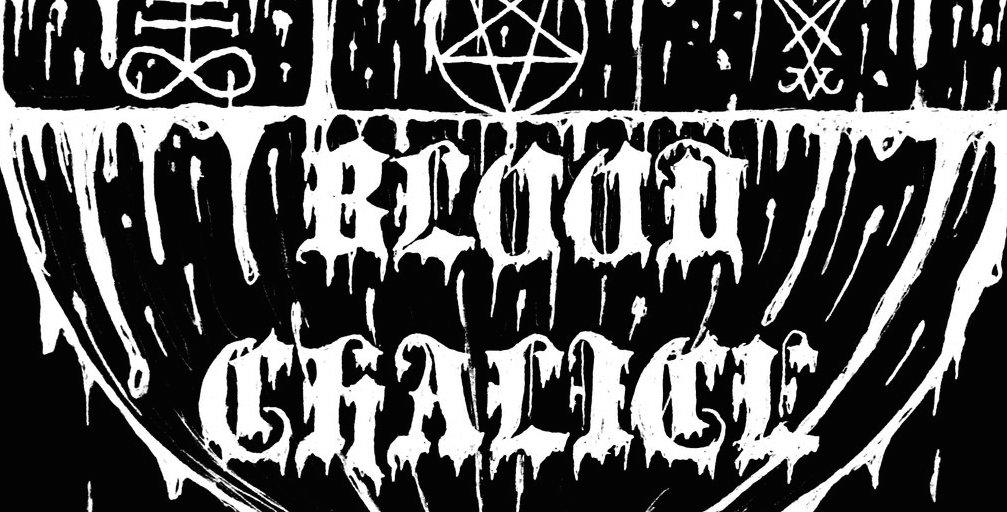
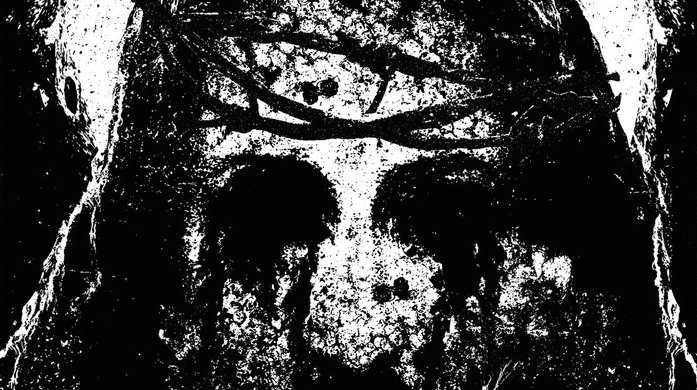




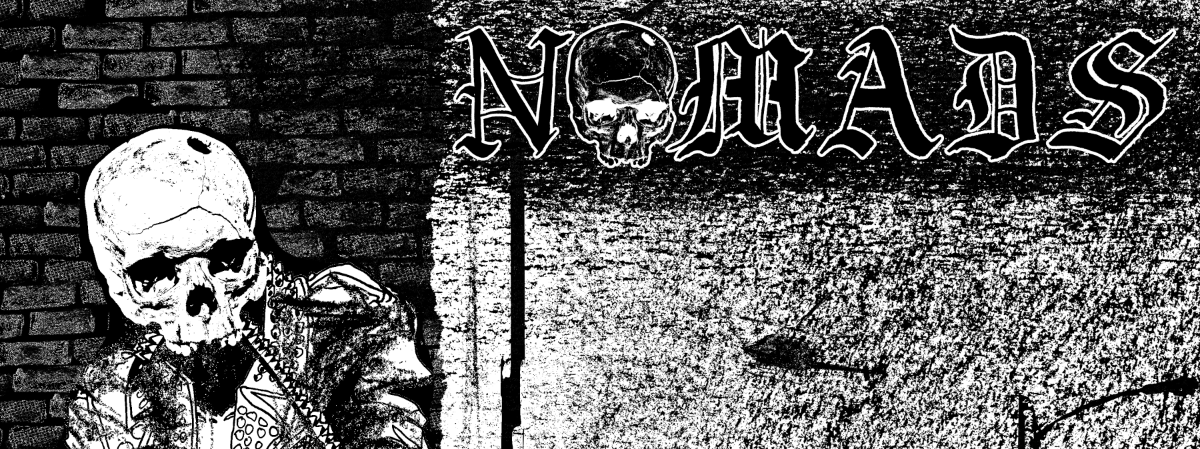


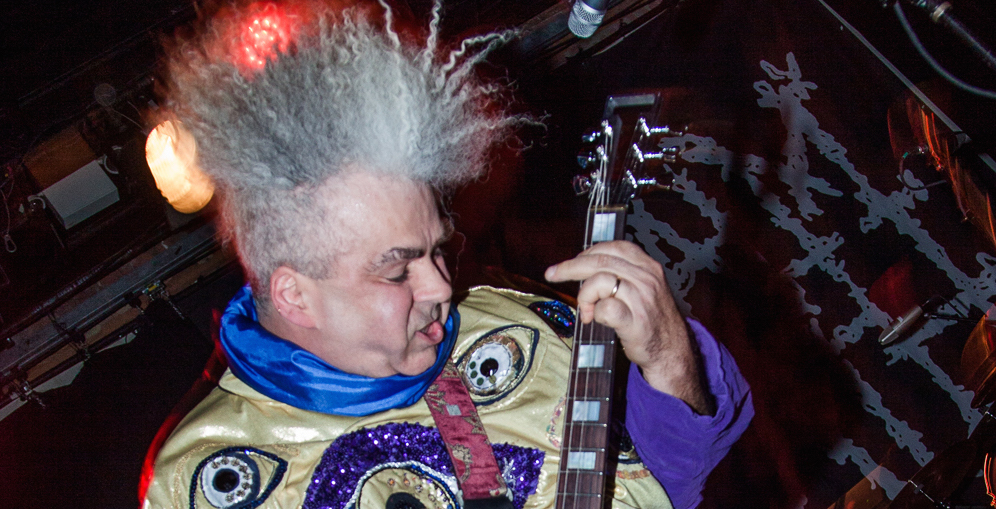

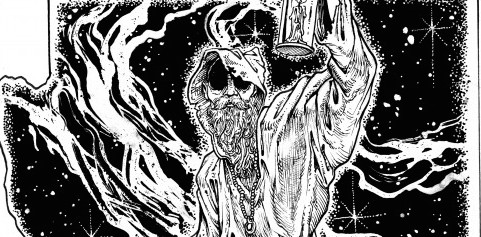
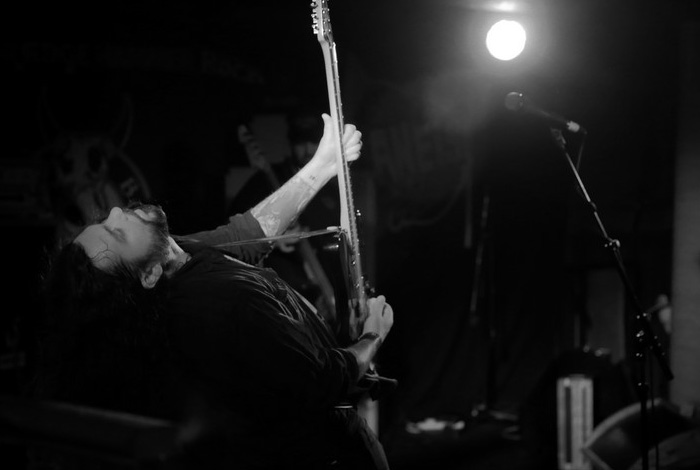
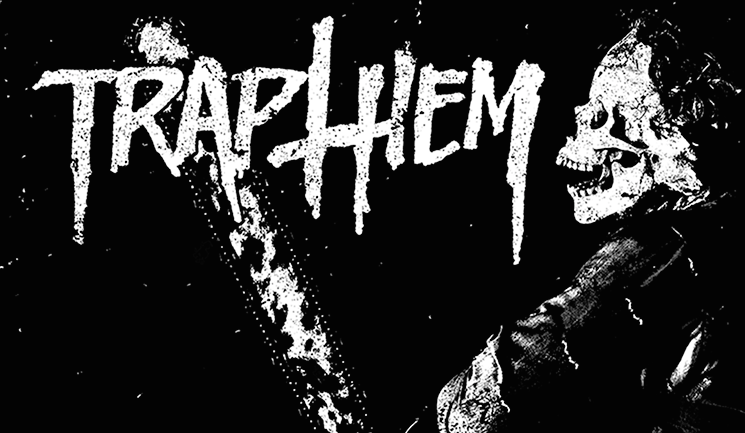

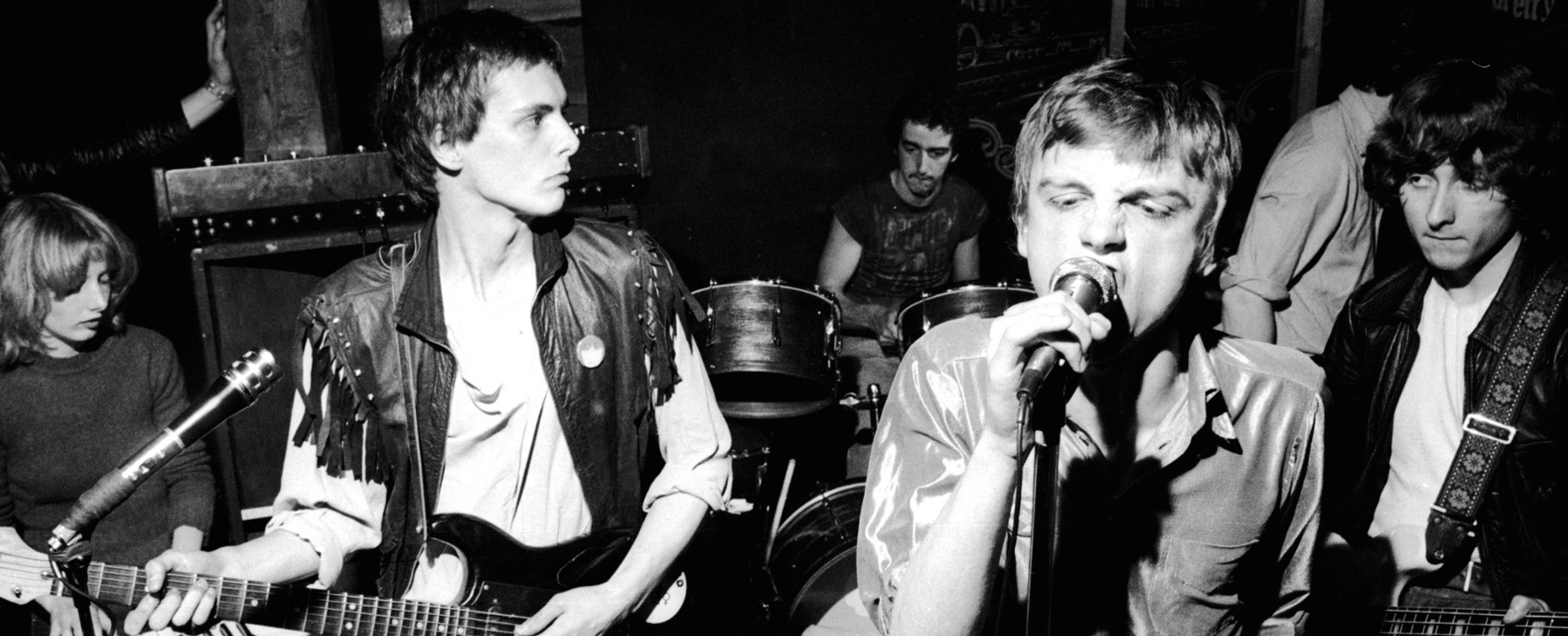
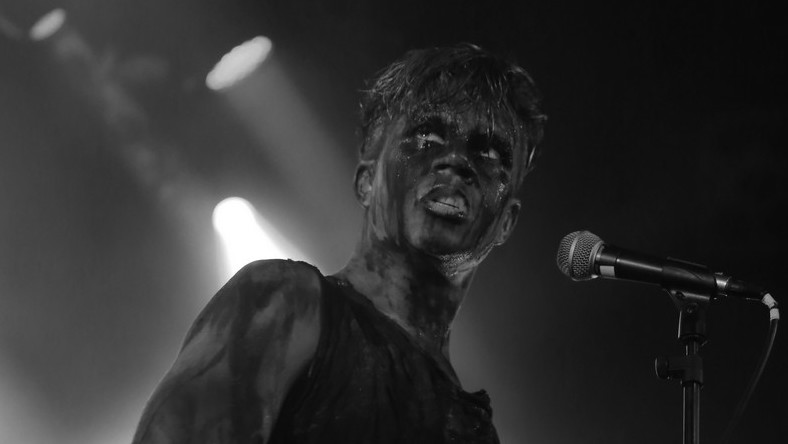
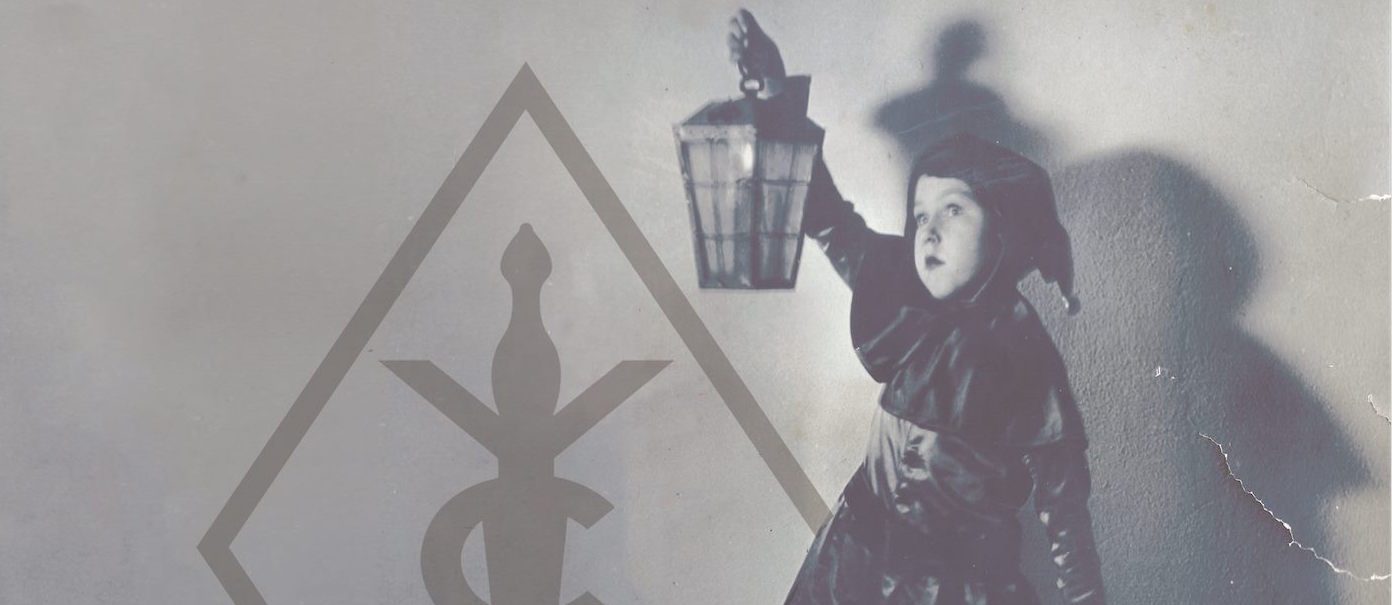



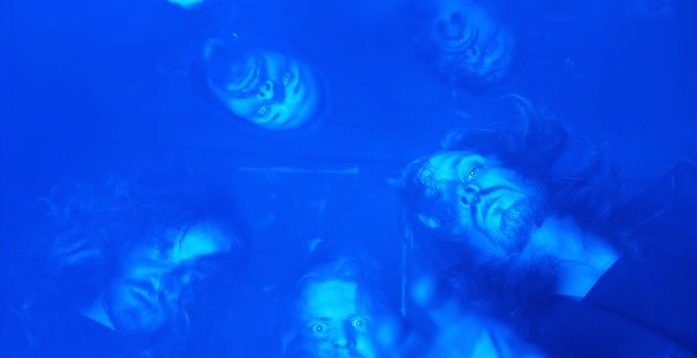
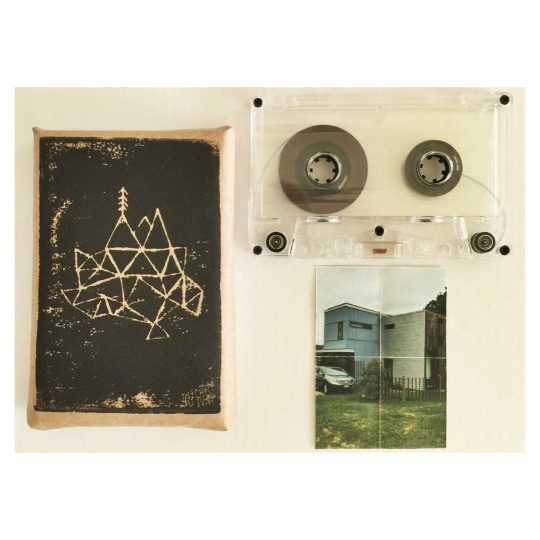

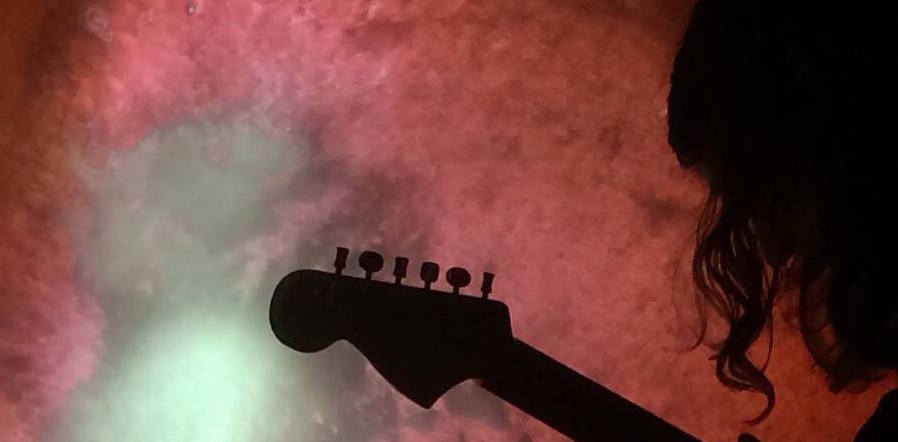

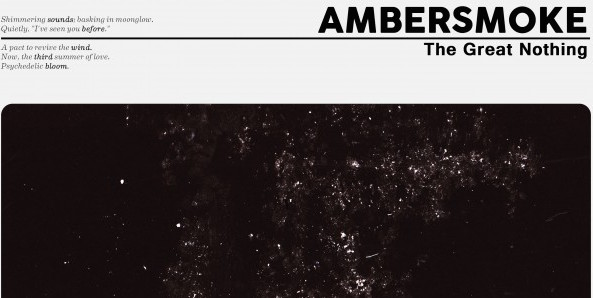
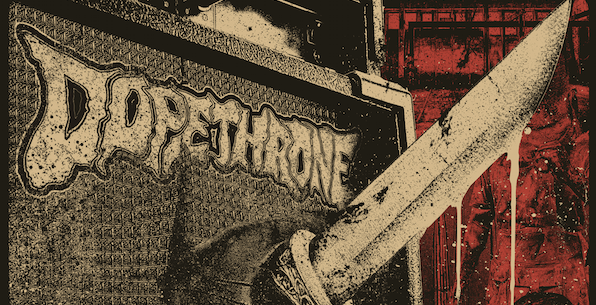


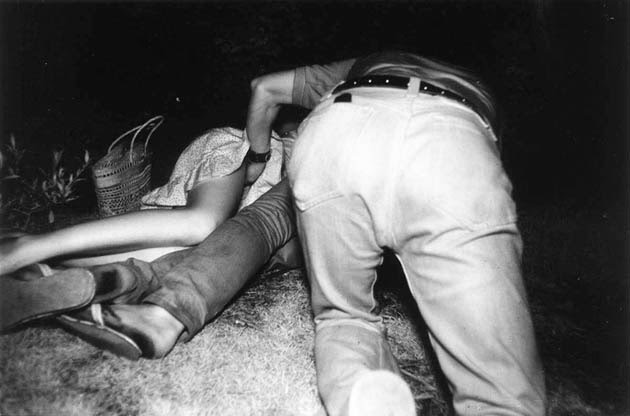
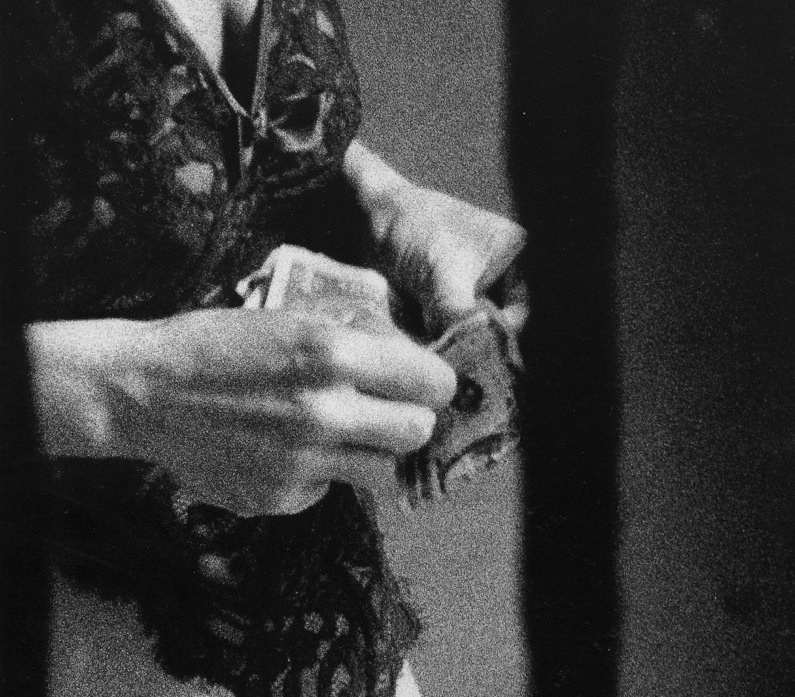

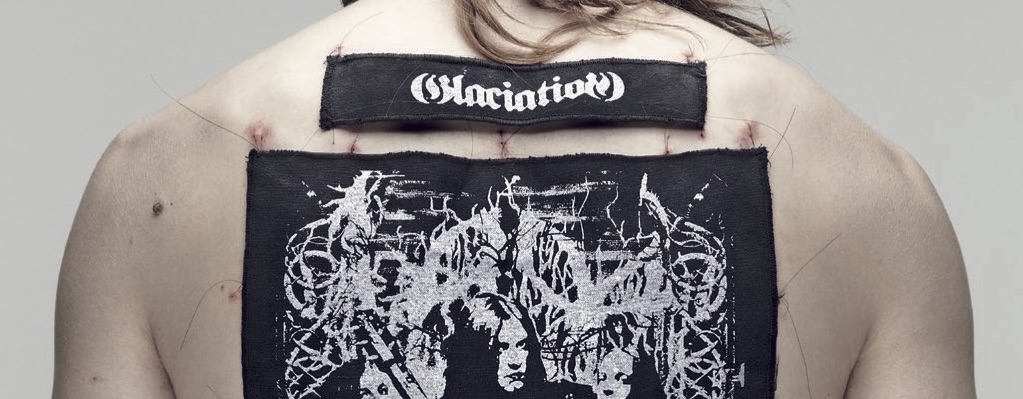



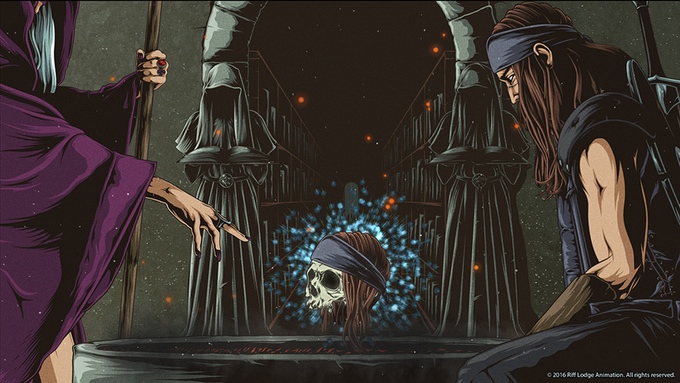
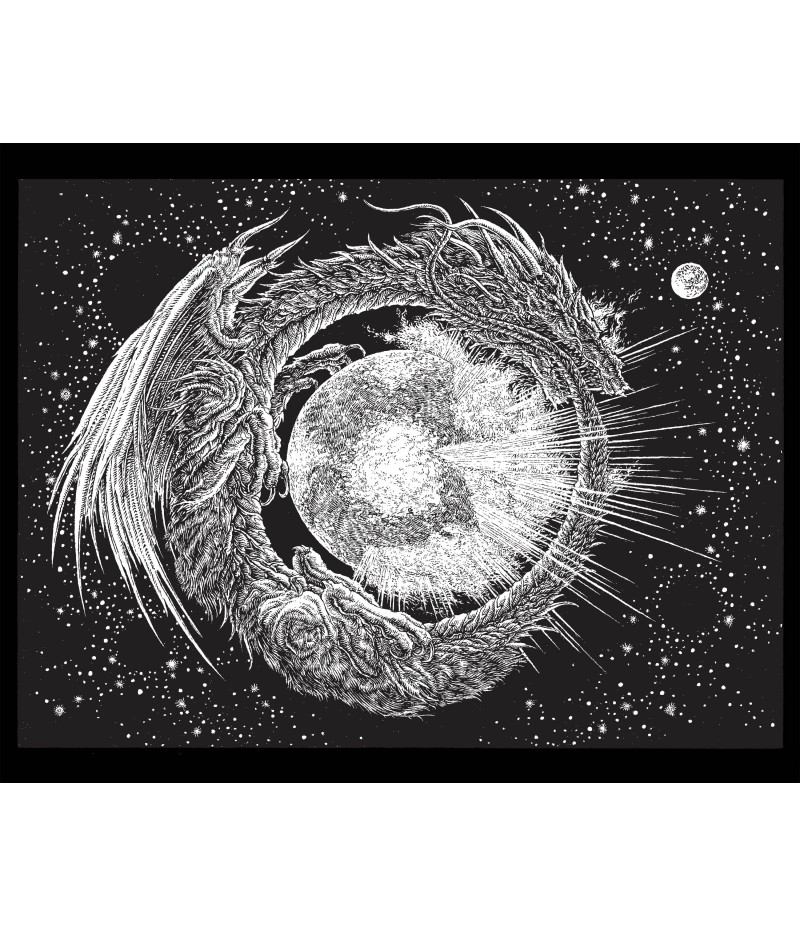
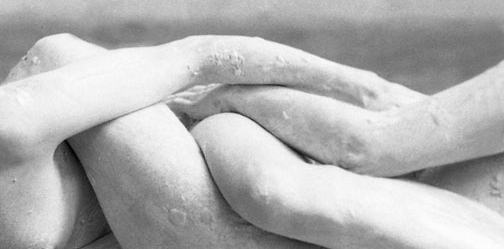






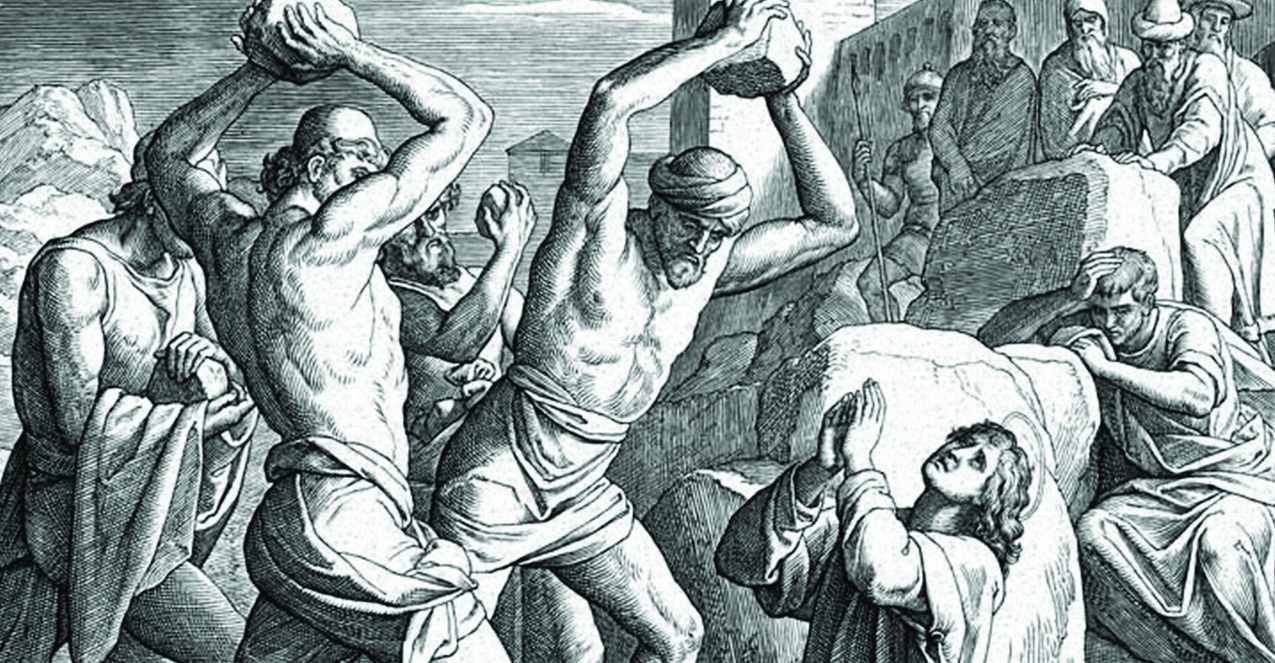
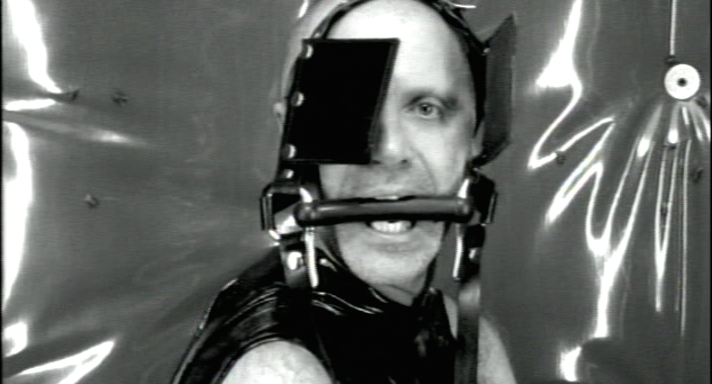










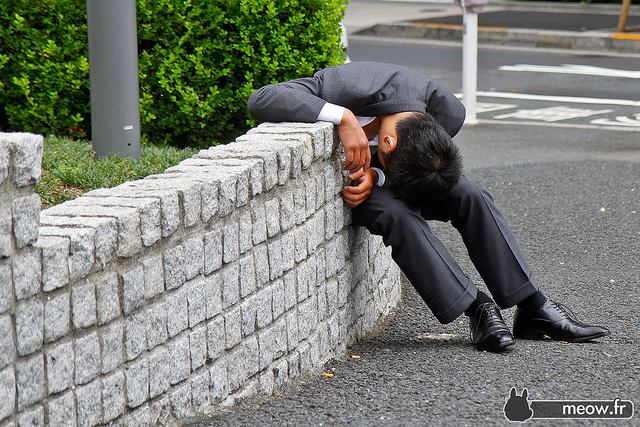

















Chris Noir
April 12, 2012 at 7:40 am
Who’d thought that sewers were that interesting? Good read!